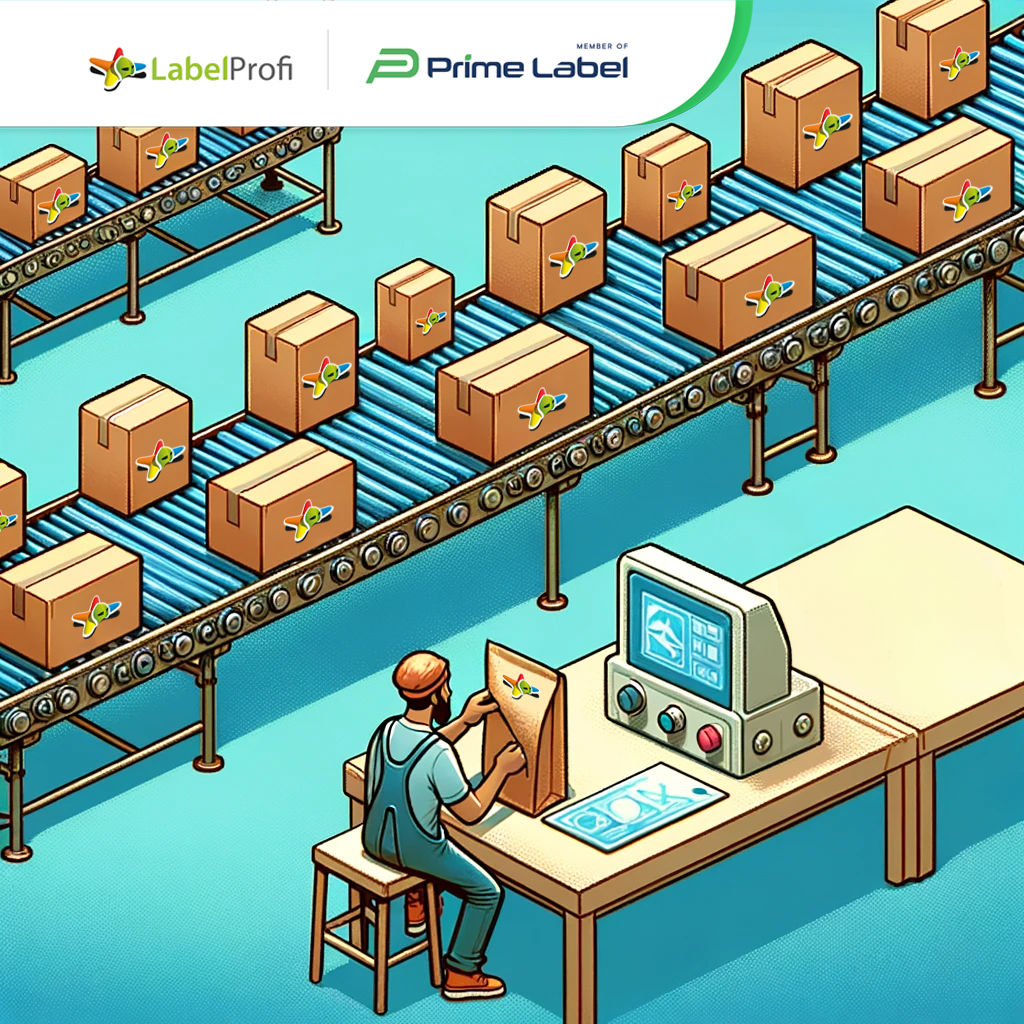Personalization in Packaging: From Mass Customization to Individualization
The packaging industry is currently undergoing a significant transformation, marked by an emerging trend that places a premium on personalization. This evolution is a direct response to the modern consumer's desire for products that not only meet their functional needs but also resonate on a deeply personal level. As we navigate this shift, it becomes crucial to explore the spectrum of personalization options in packaging, ranging from mass customization techniques to highly individualized packaging experiences tailored to the unique preferences of specific consumers.
The Evolution of Mass Customization
Mass customization heralds a new era in packaging, bridging the gap between the efficiency of mass production and the appeal of personalized products. This approach allows brands to offer consumers the ability to customize their purchases within certain parameters, such as selecting from a variety of design templates, colors, and even incorporating personalized text. The integration of digital printing technology has been pivotal, enabling the production of diverse packaging options with minimal adjustments to the manufacturing process. As a result, mass customization has democratized personalized packaging, making it accessible to a wider audience and imbuing products with a sense of uniqueness previously unattainable without significant cost.
The Transition Towards Individualization
The journey towards truly personalized packaging does not end with mass customization. The market is gradually shifting towards individualization, a more nuanced approach that offers packaging solutions completely tailored to an individual's preferences. This method encompasses everything from the packaging's aesthetic elements, such as design and color, to its functional aspects, like shape and material. Individualization often involves a collaborative process between the consumer and the producer, leveraging advanced technologies like digital printing, AI-driven design algorithms, and even virtual reality to conceptualize and create packaging that is as unique as the individual it is designed for.
This bespoke approach does more than just cater to the consumer's aesthetic preferences; it creates a narrative around the product, enhancing the unboxing experience and fostering a deeper emotional connection between the brand and its customers.
Navigating the Continuum of Personalization
The journey from mass customization to full individualization is not linear but rather a continuum of opportunities for innovation and creativity in packaging design. As brands strive to meet and exceed consumer expectations, they are increasingly exploring hybrid models that incorporate elements of both mass customization and individualization. Emerging technologies such as augmented reality (AR) and the Internet of Things (IoT) are at the forefront of this exploration, offering novel ways to create interactive and highly personalized packaging experiences.
For instance, AR can transform a standard package into an interactive experience tailored to the consumer, with digital content that varies from one individual to another. Similarly, IoT-enabled packaging can provide personalized usage recommendations or product information based on real-time data, adding a new layer of personalization to the consumer experience.
The Role of Sustainability in Personalized Packaging
As the packaging industry moves towards greater personalization, sustainability emerges as a key consideration. Consumers are increasingly aware of the environmental impact of packaging, demanding solutions that are not only personalized but also eco-friendly. This has led to innovative approaches that combine personalization with sustainability, such as using biodegradable materials for individualized packaging or incorporating QR codes that lead to personalized digital content, reducing the need for physical materials.
The Future of Packaging Is Personal
The shift towards personalization in packaging reflects a broader trend towards customization in consumer products. This movement presents both challenges and opportunities for brands. The challenge lies in balancing the demand for personalized experiences with the practicalities of production and sustainability. The opportunity, however, is immense: brands that successfully navigate this balance can differentiate themselves in a competitive market, build stronger connections with their customers, and ultimately drive greater loyalty and satisfaction.
As we look to the future, the possibilities for personalization in packaging are boundless. With advancements in technology and a growing emphasis on sustainability, the next generation of packaging will not only be more personalized but also more responsible. For consumers, this means interacting with products that truly reflect their individuality and values. For brands, it represents a chance to redefine the consumer experience, making every product not just a purchase but a personal statement.
The evolution from mass customization to individualization in packaging is more than just a trend; it's a reflection of the changing relationship between brands and consumers in a world that values individuality and authenticity. As we continue to explore this dynamic landscape, one thing is clear: the future of packaging is not just personal; it's personalized.


